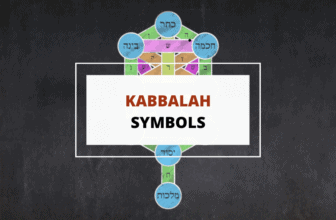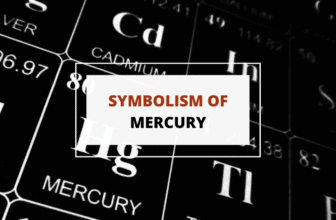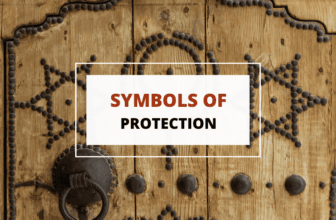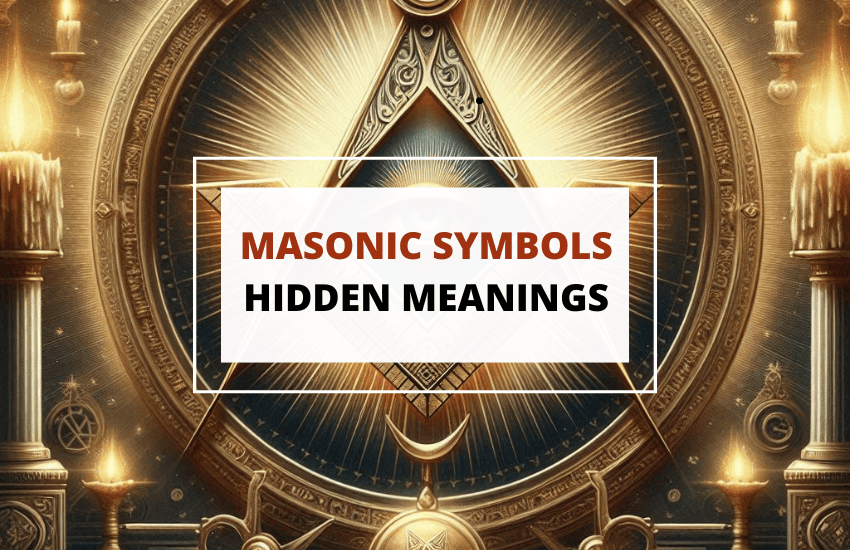
Table of Contents
Freemasonry, as we understand it today, is a fraternal organization that evolved from the guilds of stonemasons who built the cathedrals and castles of the Middle Ages.
The symbols of this mysterious and secretive society draw heavily from the craft of masonry. Masonic symbols have guided Freemasons for hundreds of years, building their moral base and encouraging both personal and group development.
Let’s take a look at some of the most important masonic symbols and their powerful meanings.
The Square and the Compass
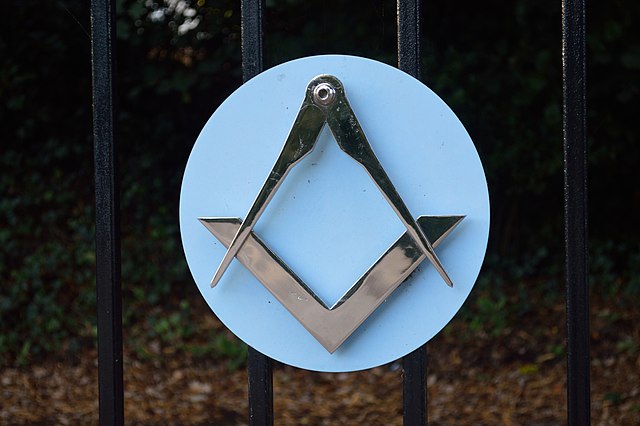
The square and the compass is notably one of Freemasonry’s most emblematic symbols. Traditionally, operative masons used the square to ensure the stones they shaped were correctly angled, emphasizing the importance of precision and wise decision-making.
Freemasonry uses the square as a perpetual reminder for its members to conduct themselves with virtue. Essentially, it advises them to ensure they act with integrity and fairness.
When paired with the compass, the symbol becomes more meaningful. together they represent a blending of the material and the spiritual. The square represents the earthly while the compass points towards the heavens. Often, there is a letter G at the center of this pairing. This can represent Geometry, which was a science central to operative masonry, or God, the Great Architect of the Universe.
The 47th Problem of Euclid
The 47th Problem of Euclid, also recognized as Pythagoras’ Theorem, states that in a right-angled triangle, the square of the length of the hypotenuse (the side opposite the right angle) is equal to the sum of the squares of the lengths of the other two sides.
In freemasonry, this is more than a mathematical principle. It symbolizes the Masons appreciation for wisdom, education, and uncovering life’s deeper meanings. The symbol also suggests that acquiring knowledge and gaining a deeper understanding can overcome ignorance. It can illuminate the mind, clearing away confusion and misunderstanding much like light dispels darkness.
Ashlars
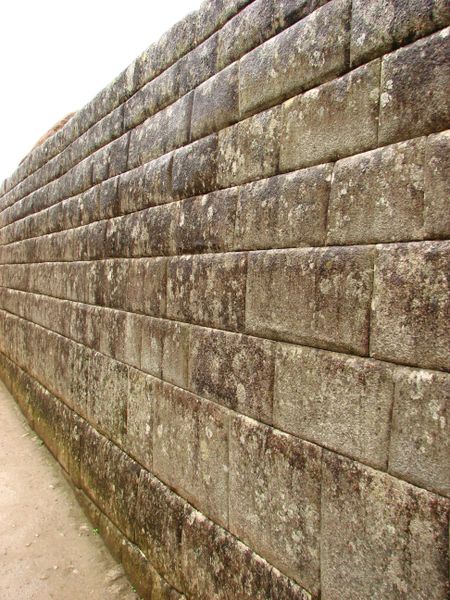
Stonemasons in Medieval Europe used both unrefined and polished stones in their craft. Freemasonry adopted this practice, introducing the concepts of the Rough and Perfect Ashlars. These symbolic stones represent the journey from an undeveloped state to one of moral and intellectual enlightenment.
The Rough Ashlar, a stone in its natural form, symbolizes the initial state of a Mason. It embodies raw potential and the coarse characteristics that require refinement through education, discipline, and diligent effort. It signifies the starting point with imperfections that the Mason must work to polish.
The Perfect Ashlar signifies the Mason who has made considerable progress on their personal journey. This refined stone symbolizes achievement and the high standard of moral integrity that a Mason aspires to, achieved through continuous self-improvement and adherence to Freemasonry’s core values. It represents the phase where a Mason’s actions and thoughts are in complete alignment with the ideals of Freemasonry.
Gavel
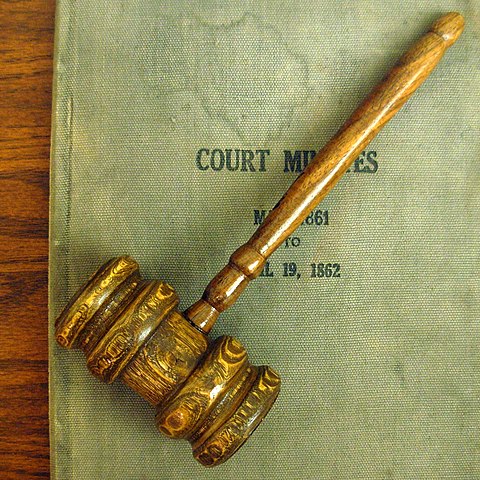
The gavel, often seen in the hands of judges or leaders to enforce order, carries a unique metaphorical meaning in Freemasonry. Here, it symbolizes the Mason’s effort to refine their character, aiming to eliminate negative traits and habits to achieve moral integrity. It reflects a Mason’s commitment to continual self-improvement.
This symbol motivates Masons to better themselves, striving to remove their flaws and become superior individuals. It symbolizes the pursuit of personal growth and ethical living, values that are central to Freemasonry.
When the lodge’s Master wields the gavel, it signifies the structured discipline that is essential to Masonic events and ceremonies. It commands respect and highlights the Master’s responsibility in leading and making decisions that are beneficial for the group.
The Broken Column
In Freemasonry, the Broken Column is a poignant symbol with deep-rooted significance. It represents the untimely death of Hiram Abiff, the legendary architect of King Solomon’s Temple, who passed away before his masterpiece was completed.
This symbol captures ideas of human mortality, the sadness associated with incomplete tasks, and the temporary nature of life. It extends its symbolism to remind Masons of the inherent fragility of life and the urgency of fulfilling one’s duties with dedication and honesty.
Through its portrayal of loss and incomplete work, the Broken Column emphasizes the value of perseverance and integrity. It mirrors Freemasonry’s teachings on navigating the uncertainties of life and the pursuit of spiritual and moral growth.
The All-Seeing Eye
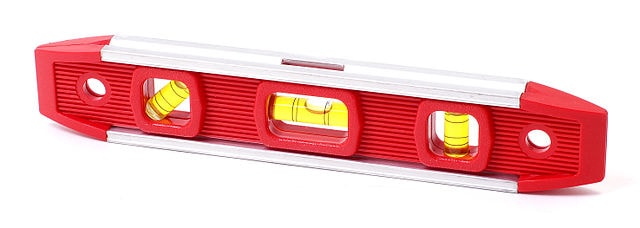
The All-Seeing Eye, influenced by ancient Egyptians who revered the Eye of Horus for its protective qualities, holds a significant place in Freemasonry. It symbolizes the concept that a higher power observes every thought and action. Often shown in a triangle or surrounded by light, it emphasizes its divine importance.
For Masons, this emblem highlights the value of living with honesty and moral integrity. It serves as a reminder of the divine’s constant watch, encouraging them towards righteous behavior. The All-Seeing Eye also signifies the Masonic pursuit of knowledge and spiritual enlightenment.
Widely featured in Masonic art and symbols, the All-Seeing Eye merges divine oversight with the goal of intellectual and ethical growth. It’s often depicted with a vivid iris and pupil, placed against light or within a triangle, symbolizing deep wisdom and the presence of the divine.
The Level
In Freemasonry, the level transcends its common application of ensuring straightness and uniformity. It symbolizes the fundamental equality of all Freemasons, irrespective of their personal backgrounds or their roles in the external world.
The symbol of the level encourages for equal treatment among members, emphasizing the idea that the essence of a person’s character is paramount.
What distinguishes the Level from other freemasonry symbols is how it’s incorporated into rituals, where it’s used alongside other significant tools like the Plumb and Square. These practices emphasize the fraternity’s core values and teachings. The Level’s importance extends beyond equality; it encourages a life of balance and integrity, highlighting the importance of living in a manner that’s both ethical and honourable.
The Plumb
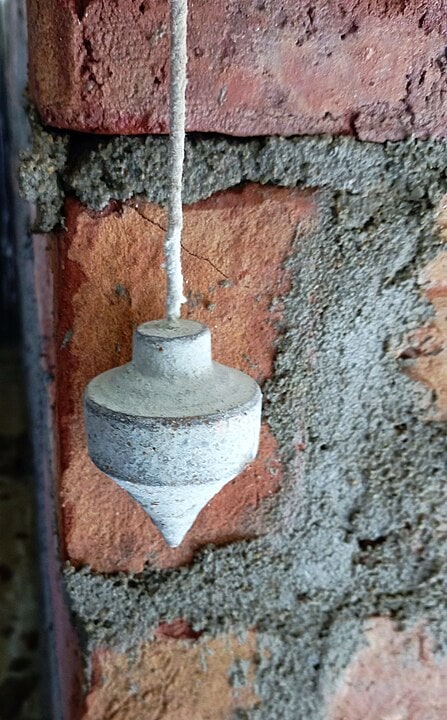
The Plumb is a simple tool used by masons to ensure that structures are built vertical and upright. Over time, it became a symbol of leading lives that are ‘upright’ or ‘honorable’, aligning with their moral principles.
More than just moral uprightness, this symbol also touches on spiritual dimensions. It highlights the importance of goodness and ethical actions as pathways to spiritual development.
The Mosaic Pavement
In Freemasonry, the mosaic pavement is a significant symbolic element that represents the floor of King Solomon’s Temple. It is depicted as a checkered pattern of black and white tiles and serves as an allegory for the dual nature of life and the universe.
These tiles illustrate the coexistence of good and evil, light and darkness, joy and sorrow, and all the contrasting elements of existence. it reflects the human condition, urging Masons to acknowledge the world’s diversities and the significance of achieving balance and harmony.
The Mosaic Pavement also encourages Masons to reflect on their decisions, highlighting the challenges in understanding right from wrong amid life’s complexities. You’ll find this pattern on the floors of most mosaic lodges.
The Hourglass
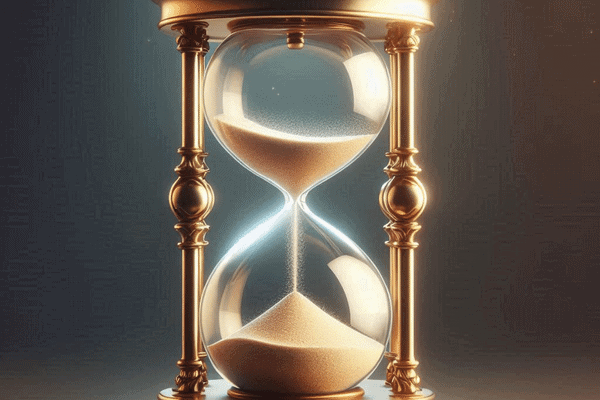
The hourglass stands as a poignant reminder of the relentless progression of time and the brief nature of human existence. It emphasizes the importance of wisely using one’s time for self-improvement.
It motivates Freemasons to think about eternity, showing how short life is compared to never-ending time, and gently hints at the possibility of life after death.
Flipping the hourglass, which resets the sand, symbolizes a fresh start and the continuous cycle of life and death. It recognizes human limitations while also expressing the Masonic hope for existence after death.
The Ark of the Covenant
A sacred chest from Biblical times that held the Tablets of the Law given to the Israelites, the Ark of the Covenant symbolizes God’s promise and guidance. In Freemasonry, it represents the pursuit of divine truth, the importance of knowledge, and living a life of honour.
For Freemasons, the Ark signifies the journey towards understanding and moral integrity. It highlights the value of adhering to ethical principles and enhancing in wisdom and personal character.
Additionally, the Ark illustrates the concepts of unity and brotherhood. Just as the Israelites collectively cared for and carried the Ark, Freemasons support one another in their collective quest for enlightenment and mutual commitment. This highlights the strength and solidarity within their community.
Trowel

The trowel, a tool masons traditionally use to spread mortar, plays a vital role in construction by laying the foundation and joining bricks or stones. In Freemasonry, the trowel takes on a symbolic meaning of unity and connection among its members.
This tool emphasizes the importance of mutual support and understanding within the fraternity, similar to how mortar holds building materials together to create a sturdy structure.
Beyond representing unity and affection among Freemasons, the trowel also symbolizes the acts of offering help quietly and engaging in charitable deeds, reflecting the organization’s foundational values of benevolence and assistance.
Lambskin Apron
The Lambskin Apron originates from the protective garments worn by working masons to shield their clothing. For Freemasons, however, it symbolizes much more than physical protection. It represents purity, innocence, and the cleanliness of the soul.
every new member of Freemasonry is presented with a lambskin apron. It’s regarded as the most traditional and esteemed attire a Mason can put on, signifying their dedication to the principles and commitments of Freemasonry.
The appearance of the apron has evolved over time, incorporating new designs and emblems indicative of a Mason’s rank and accomplishments. However, the fundamental meaning of the lambskin apron — symbolizing a Freemason’s virtuous intentions and spirit — remains unchanged.
Wrapping Up
Masonic symbols provide a deep insight into the rich history of Freemasonry. Exploring the meanings behind these mysterious symbols helps us better understand their importance in forming the close relationships and foundational beliefs of this ancient and fascinating group.




